The District made a $3.5 million retrofit to its Materials Recovery Facility (MRF) in summer 2020 to improve diversion and increase revenue of recycled materials. Even with increased contamination in the recycling stream during the pandemic (from 20% to 30% year-over-year), the MRF has increased its diversion by one percent (1%). The MRF is also on track to increase revenue $1.1 million/year.
Bulk Handling Systems (BHS), the system designer and manufacturer, installed three pieces of equipment: (1) a cardboard separation screen, (2) an optical sorter to recover bottles and cans from residue line, and (3) a fiber optical sorting system that separates smaller brown-grade cardboard (like cereal boxes) from newspaper and junk mail.
The District anticipates the payback on the capital is about three years, while the upgrades will last at least ten years. The increase in revenue is achieved by lowering facility operational costs, improving the quality and marketability of recyclables, and recovering more recyclables like California Redemption Value (CRV) bottle and cans. This investment ultimately benefits rate payers and allows for future investments in technology that furthers efficiency and diversion, including robotics and other artificial intelligence systems.
You can read more about the report out on the Residential Single Stream Fiber and Residual Recovery Retrofit in the February 2021 board packet.
Here is a video of the fiber (aka paper) optical sorting system. On the left you can see the newly separated brown-grade cardboard, which has a higher market value and makes the paper bale quality higher.

